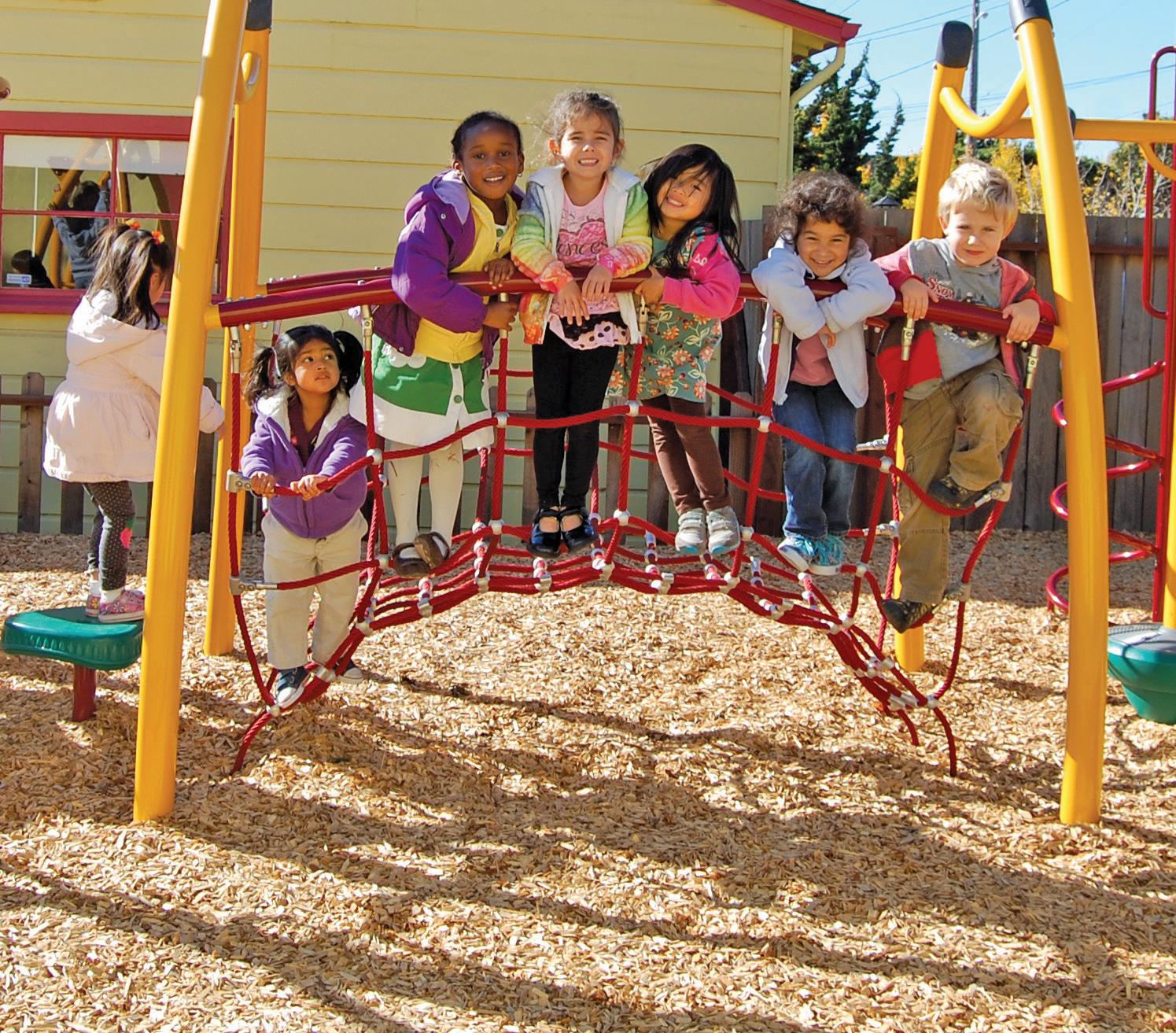
4 minute read
STARTING EARLY Supporting Language and Literacy Skills for Babies and Toddlers
By Liz Brooke
Alot of attention is being paid to the massive learning loss that K-12 students suffered during the COVID-19 pandemic, and for good reason: according to the National Assessment of Educational Progress, 9-year-olds’ reading scores fell by the largest margin in more than 30 years during the pandemic. And that’s just one of many statistics that point to the fact that significant learning loss took place during that extreme period of uncertainty.
And while we understand the critical nature of K-12 student learning—particularly in reading—there’s been less focus on the impact of the pandemic on infants and toddlers in this area. Even though these babies and children may not be reading yet, the critical connection between oral language and reading has been studied for the last several decades and is well documented. In fact, a 2013 study analyzed public records from more than 5,000 children in Minnesota to help quantify the relationship between preK language skills and reading comprehension at the third-grade level.
What this analysis revealed was that children who struggle with oral language are six times more likely to struggle with reading (compared to their peers). This is a telling statistic that proves just how valuable language is to their later reading, even if they are not talking in sentences or sitting down to read their favorite book.
4 Ways To Get Back On Track
For children, a significant part of oral language development comes from environments that are rich in spoken language and social exchanges. At family gatherings, for instance, infants and toddlers are exposed to abundant language. They witness turn-taking rituals and learn from facial expressions as well as how to form sounds by watching adults speaking. And daycares are another opportunity for infants and toddlers to be surrounded by language and observe other social interactions.
The problem is that for the last twoplus years, the pandemic has impeded these kinds of social get-togethers and many daycares were closed. Starting in March 2020, infants and toddlers have often been in the presence of only their immediate family. Plus, any additional exposure has been largely to adults wearing masks, which hide facial expressions and any visual cues that are necessary to a young child’s taking in how sounds are formed in the mouth. Masks also affect speech volume.

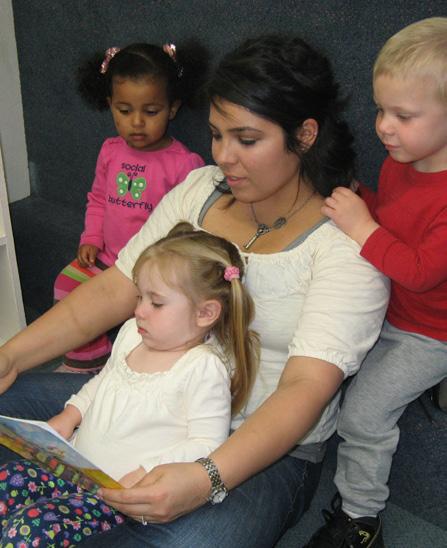
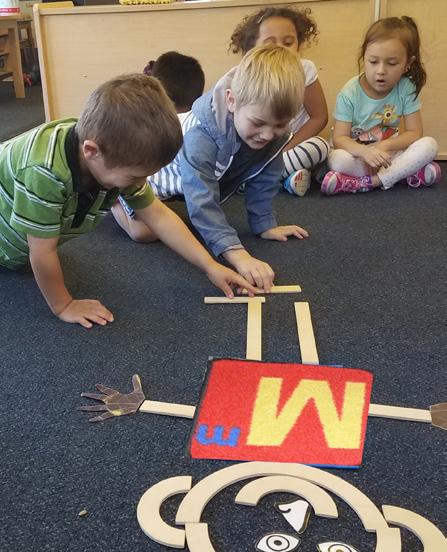

These factors possibly have had a negative impact on infants’ and toddlers’ oral language development and therefore their future reading ability. The good news is that there are steps that can be taken to make up for this dearth and get toddlers and infants back on the path to learning. Here are four steps parents and teachers can take to account for this learning loss:
1Talk to your babies…a lot.
Most parents understand the value of reading to young children and have continued to do that throughout the pandemic. However, many parents might not be fully aware of the importance of engaging with infants when they are babbling in repetitive consonant-vowel combinations like “ma-ma-ma” and “ba-ba-ba” before they actually begin talking with recognizable words.
Early vocalization skills in relation to later reading ability is very important, and some parents might assume that until the infant or child is talking, there is no need to speak with them.

children to describe things they were doing throughout their day—similar to a TV commentator. Parents or other caregivers could and should engage with their child verbally, whether or not the child is talking: “Mommy is going up the stairs now—up, up, up” or “We’re going to go shopping at the mall.” For the latter, you might describe the categories of the aisles or sections of the stores as you navigate through them.
If your child is not yet speaking, these discussions will increase their language exposure, and if your child is already talking, you could start conversations with them by asking them questions. Very young children may respond in one- or two-word utterances. In this case, you can repeat and/or extend their answers into three or four words or a complete sentence.
3 Expand your language as they grow.
As your child develops, you can continue to expand the conversation by using three- to four-word sentences that increase in complexity as the child grows older. You already might have been having these early conversations with your baby and toddler because they can happen naturally. Continually talking to babies helps them make sense of their world and provides social context for them long before they are actually ready to speak in words.
reading is grounded in a collection of research from cognitive scientists and other reading experts developed over the last 50 years. Through sciencebased instruction, teachers can focus on phonological awareness, phonics and word recognition, fluency, vocabulary, and both oral language and text comprehension.
We are now seeing state and school district leaders throughout the U.S. seeking solutions to improve reading proficiency, with several trying to model what Mississippi accomplished through the adoption of new learning standards during 2013 to 2019. They’re using or onboarding science of reading-based programs that provide professional development for teachers and that help early childhood and elementary educators adopt new instructional practices.
Closing The Gaps
Now more than ever, our teachers and schools require support and evidence-based instruction to prepare our students to read and to be set up for success now and in the future. For K-5 teachers, their students and those children born during the pandemic who will begin school in a few years, Lexia LETRS (Language Essentials for Teachers of Reading and Spelling) incorporates strategies and tools based in the science of reading. With a focus on the relationship between oral and written language, these tools can help accelerate learning, create proficient readers, and close the learning gaps left agape by the pandemic.
2
Provide daily commentary. While working as a speech-language pathologist, I used to tell parents who wanted to increase language exposure for their
4 Turn to science-based instruction for
help. We know the components required for learning how to read, where challenges may occur for some students, and how to prevent them. The science of
Liz Brooke, Ph.D., CCC-SLP, is the chief learning officer at Lexia Learning. Dr. Liz Brooke serves as Chief Education Officer for Lexia Learning. Liz joined Lexia from the Florida Center for Reading Research (FCRR) in 2010, where she served as the Director of Interventions from 2005–2010. Prior to joining FCRR, Liz worked for several years at Massachusetts General Hospital on the Learning Disabilities Team in the Speech and Language Department where she treated and evaluated school-age children with a variety of learning disabilities. Liz earned her doctorate degree in Communication Disorders at Florida State University, a bachelor’s degree in Child Study from Tufts University and a master’s degree in Communication Sciences & Disorders as well as a reading certification program at Massachusetts General Hospital-Institute of Health Professions.
Monday - Friday 7am - 6pm service provided
1803 North Loop Rd. Alameda, CA 94502 Facility # 013422027
TTPreschoolalameda.org
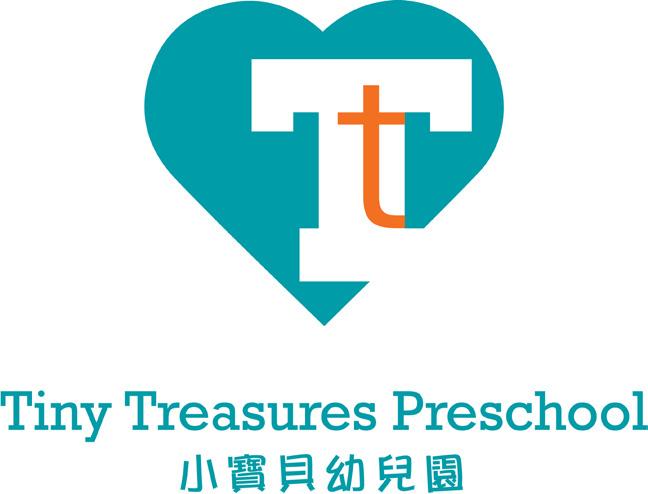



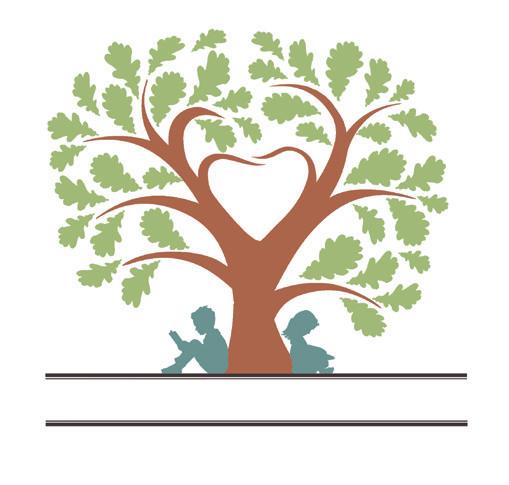
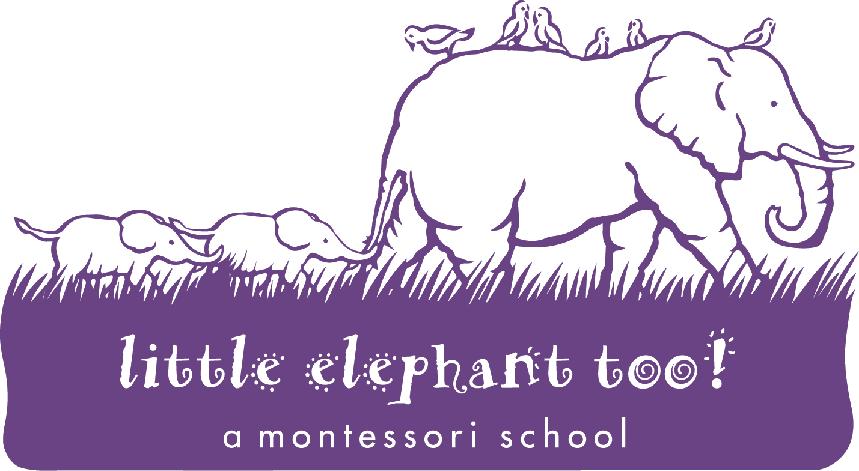
Telephone # 510-995-5383 ext. 1336
Fax # 510-373-2241
1803 North Loop Rd | Alameda | Facility # 013422027 510-995-5383 ext. 1336 | kim.smith@bacbc.org kim.smith@bacbc.org









